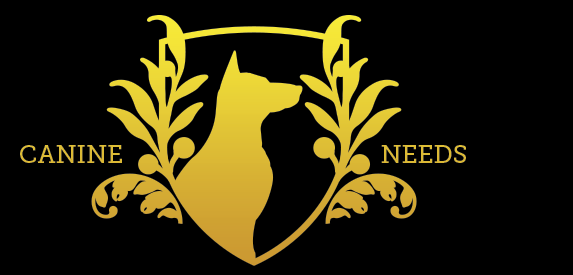Of all the other park users, distractions and things going on, this dog chooses to play with his owner.
Why is building a solid relationship important for me and my dog?
Building a solid relationship with your dog is crucial for companionship, trust, communication, training, emotional well-being, safety, and has health benefits for both you and your furry friend.
This dog doesn’t really have much choice but still looks like they’re having fun together :)
How do I build a solid relationship with my dog?
Meet your dogs genetic needs: Your dog was born with a predetermined set of genetic needs. How do you find out what those are? You read about the history of the breed/type or closest likely breed of your dog. The history will tell you what genetic markers were exaggerated in your dog to cause them to look and behave in certain way.
Meet your dogs basic needs: All dogs require a suitable diet and physical and mental stimulation. (Feeding your dog also helps improve your bond) take your dog on daily walks designed around meeting your dogs needs and keeping them on their toes. Engage your dog's mind with puzzle toys, interactive games, and training exercises. Mental and physical stimulation helps prevent boredom and provides a sense of fulfilment and job satisfaction. Look out for the '5 Needs' which can be found on the @CanineNeeds instagram grid.
Spend quality time together: Dedicate regular time to bond with your dog. Engage in activities you and your dog enjoy, such as interactive play and walking. This strengthens your connection and builds trust. Training sessions also help to improve communication and sets your dog up to succeed, giving him job satisfaction.
Groom and care for your dog: Regular cuddles, massage and grooming, including brushing, and nail trimming, helps maintain your dog's physical health and strengthens the bond between you.
Ensure balance: Also spend time ignoring your dog and spend time apart from your dog. This sets your dog up to be OK during points in the day when you are busy and teaches him how to fit into a human environment.
Decision making and establishing rules and boundaries: Make decisions for you and your dog. Set consistent rules and put boundaries in place. This provides structure and helps them understand household dynamics. Make sure everyone in the family is agreed and all reinforce these boundaries consistently.
Communicate effectively: Learn to understand your dog's body language and vocal cues. Use clear, consistent commands and cues during training. Try not to repeat commands and always use the dogs name first followed by the command. Once you have decided and asked your dog, don't change your mind or give up.
Be a reliable and consistent caregiver: Be dependable in meeting your dog's needs for food, water, exercise, and affection. Dogs thrive on routine and feel secure when they can rely on their human caregiver.
Remember, building a strong relationship with your dog takes time, patience, and effort. Each dog is unique, so understanding their individual personality and needs is essential. Enjoy the journey of getting to know your dog and creating a lasting bond based on trust, love, and mutual respect.
Shepherding breeds love to be outdoors and cover lots of ground.








